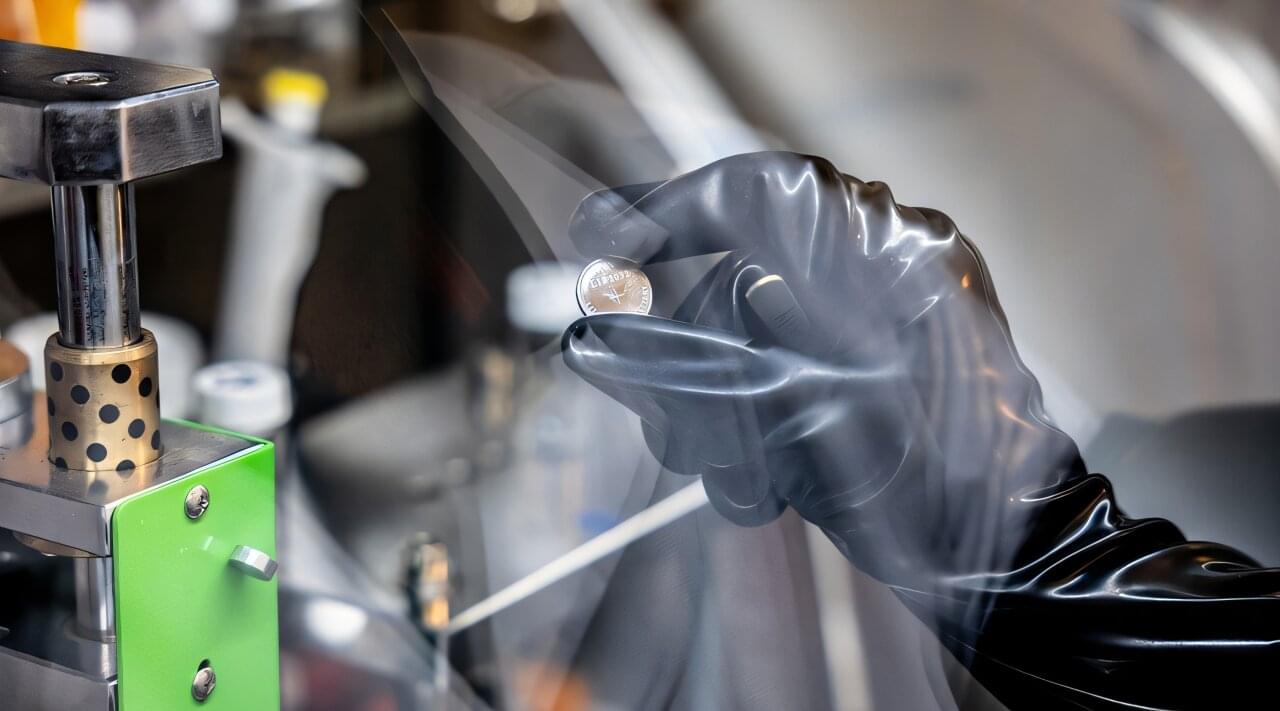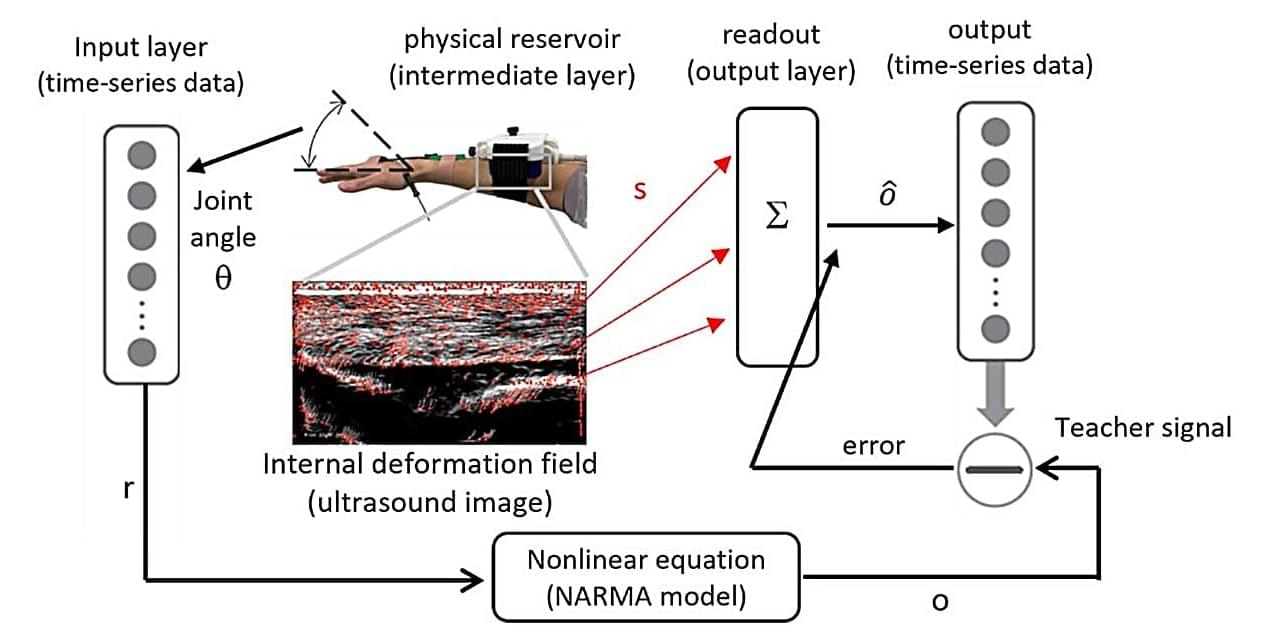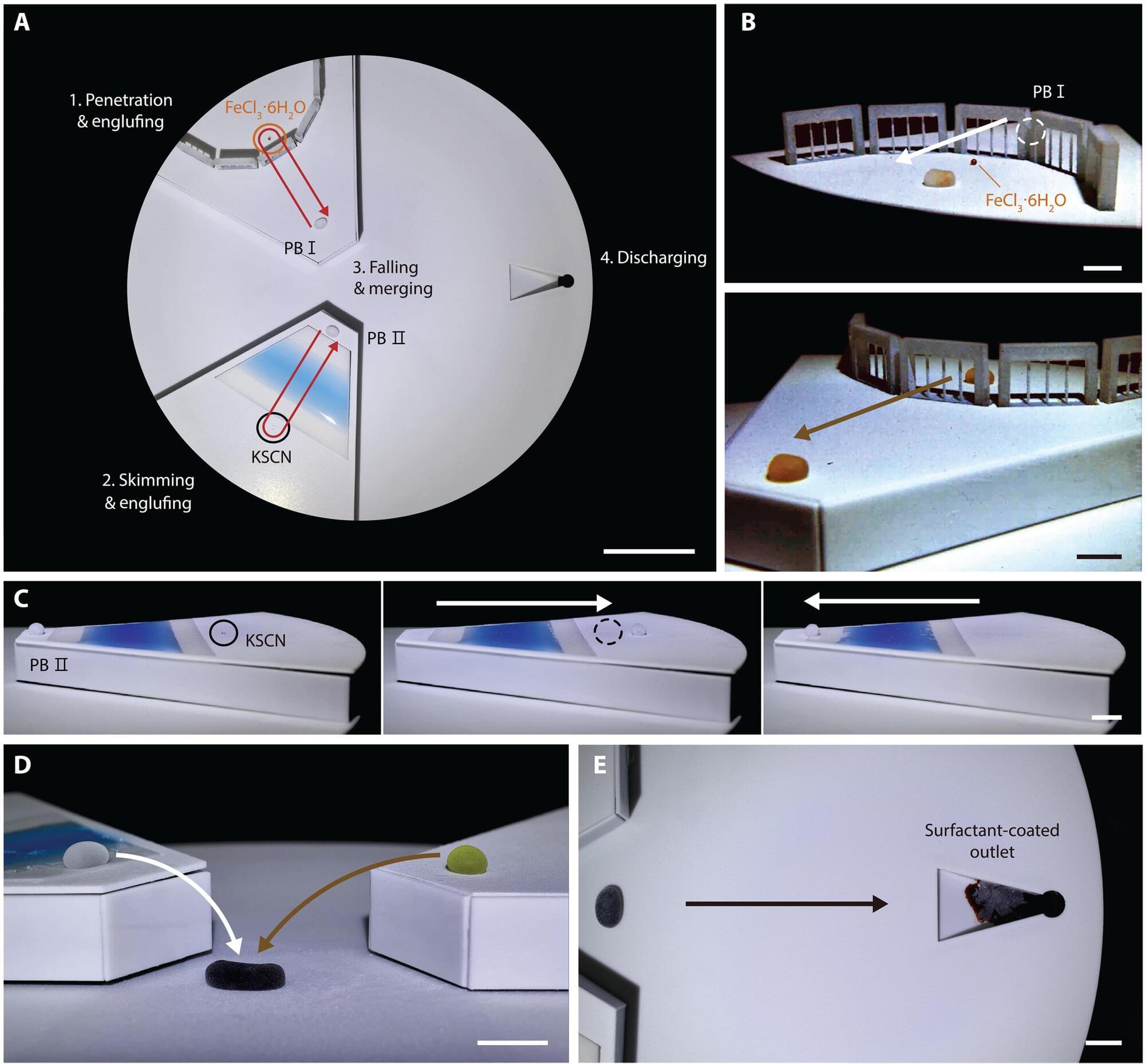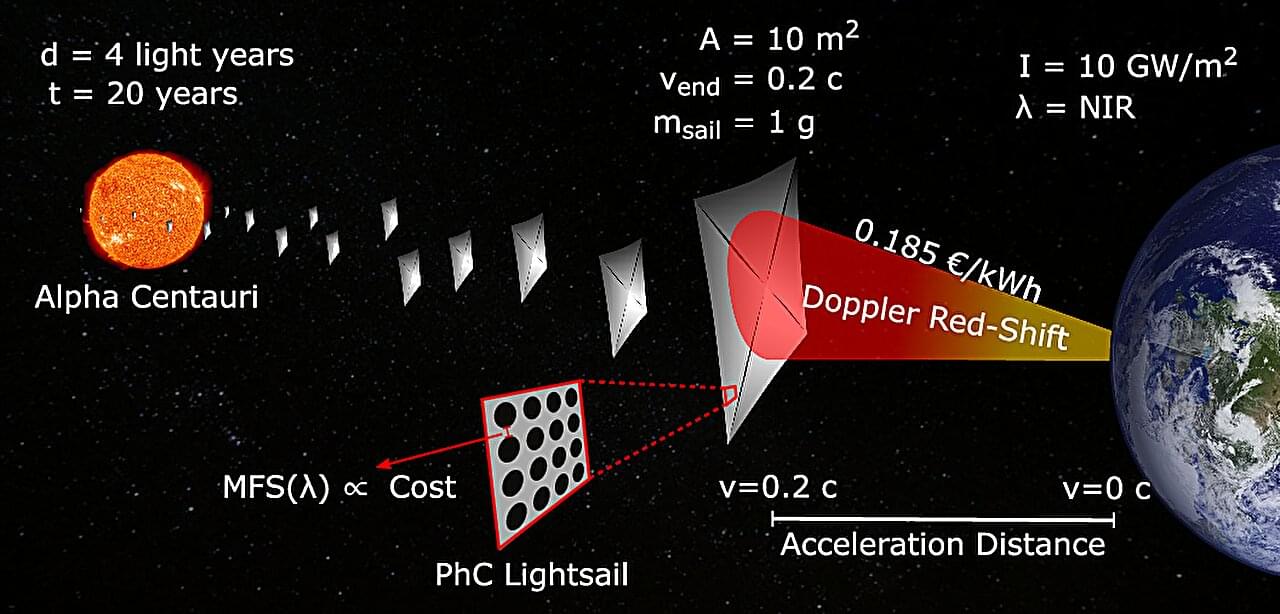Chibueze Amanchukwu wants to fix batteries that haven’t been built yet. Demand for batteries is on the rise for EVs and the grid-level energy storage needed to transition Earth off fossil fuels. But more batteries will mean more of a dangerous suite of materials used to build them: PFAS, also known as “forever chemicals.”
“To address our needs as a society for electric vehicles and energy storage, we are coming up with more environmental challenges,” said Amanchukwu, Neubauer Family Assistant Professor of Molecular Engineering in the UChicago Pritzker School of Molecular Engineering (UChicago PME). “You can see the dilemma.”
PFAS are a family of thousands of chemicals found in batteries but also everything from fast food wrappers and shampoo to firefighting foam and yoga pants. They keep scrambled eggs from sticking to pans and rain from soaking into jackets and paint, but the same water resistance that makes them useful also make them difficult to remove when they get into the water supply. This earned them the nickname “forever chemicals.”







